Learning to grow broccoli outdoors
Many summer residents fell in love with asparagus cabbage: its inflorescences have an interesting delicate taste and rich chemical composition, and the low calorie content allows them to be included in the diet without fear of harming the figure. The list of advantages of the culture is headed by its unpretentiousness - growing broccoli in the open field will require minimal labor costs. Its inflorescences ripen quickly. It will be possible to enjoy them when 2 months have passed from the moment the seedlings are placed on the beds. But you should not rush to harvest cabbage bushes from the garden. If, having received the main harvest, you continue to care for broccoli, until the end of the season, new numerous formations will appear on it - small but edible and useful heads.
Preparation of planting material
Sowing seeds of asparagus cabbage can be carried out directly to the beds. But more often it is grown through seedlings. Although this method is more labor intensive, its important advantage is that valuable crops can be harvested faster. You can get viable seedlings in a greenhouse or at home by placing containers with sown broccoli on the windowsill, insulated balcony or loggia.
In order for the seedlings to be friendly and healthy, pre-planting seed preparation is carried out.
- First, they are placed in water heated to 50 ° C. It may be clean, but it is better to dissolve a little potassium permanganate in it, which will help disinfect the seeds.
- After 15-20 minutes, they are taken out and immediately placed in a container with cold water, where they are kept for 1 minute.
- Further, broccoli seeds are treated with special biological preparations - growth stimulants and fungicides. The planting material should lie in the solution prepared according to the manufacturer's instructions for at least 12 hours.
- Then they put it in the refrigerator for 24 hours.
- To make planting the seeds easier, they need to be dried. Then they will be well separated from the fingers.
The next stage is soil preparation. For broccoli, ordinary garden soil is suitable, but it is better to add wood ash to it (1-1.5 cups of fertilizer are stirred in 1 bucket of soil). It will provide the seedlings with the nutrients they need and help reduce soil acidity. Professionals advise using a substrate of components mixed in equal amounts for planting broccoli seeds:
- garden land;
- humus;
- peat;
- sand.
The main condition for plant health is loose soil and good drainage. With stagnant moisture, the planting can be destroyed by a black leg.
Getting seedlings
Sowing seeds of asparagus cabbage is carried out in a substrate disinfected with a solution of potassium permanganate at the end of March or in the first days of April. At home, it is recommended to plant them in separate containers. This will protect the broccoli root system from damage when the plants are moved outdoors. In addition, in individual pots, seedlings turn out to be more powerful and develop better, because they do not have to fight with neighbors for light and nutrients. It will be easier to care for them: there is no need for thinning and picking seedlings. If a common container is used, then 5 cm is left between the seeds in a row.
Advice
You can plant broccoli seeds that have already hatched into the ground. Use a paper towel or cloth to germinate them. Having well moistened the material with water, sprinkle seeds over it, and then cover it with a plastic bag. It will take 2-3 days, and they can be planted in a pot.
In order for broccoli seeds to germinate, the room temperature is kept between 18-20 ° C. When the seedlings hatch, it is reduced to 8-10 ° C.The seedlings need coolness only in the first week of their development; in the future, the optimum temperature for them is 15-20 ° C. They do not need special care. It is enough to put containers with broccoli seedlings in a bright place and water abundantly, avoiding drying out and waterlogging of the soil. At the age of 30–38 days, young asparagus cabbage can be placed in the beds. By this time, it produces 4–5 full leaves.
Broccoli is a cold-resistant crop, its bushes can withstand up to -7 ° C. Therefore, you can plant its seeds immediately in the garden, providing them with greenhouse conditions by covering the beds with a film or special material. They will help and protect young asparagus from insect pests. If you sow broccoli seeds in the first decade of April, then by mid-May the seedlings will be sufficiently developed to be placed on a permanent site. In this way, hardened seedlings adapted to outdoor conditions with a higher survival rate are obtained. The shelter is removed from the beds when the seedlings get stronger.
In the Urals, another method of growing crops is practiced - to plant broccoli seeds directly in open ground. This can be done from May to June. Shallow holes are dug at the site with an interval of 50 cm. Several seeds are placed in each, covered with a layer of soil and watered abundantly. When the seedlings hatch, they leave the strongest sprout. The first harvest of broccoli will bring in late summer or early fall, and additional mini-inflorescences can be harvested from it until October.
Landing in the ground
Broccoli is afraid of bright sun, it is better to plant it in slightly shaded places. It will bring a bountiful harvest on fertile, humus-rich, non-acidic soils with a light porous structure. If the pH is not high enough (from 3 to 6), liming of the soil is carried out. Powder from eggshells, chalk or lime will help neutralize acidity. Proper broccoli farming involves maintaining crop rotation. Do not place it in areas where cruciferous vegetables were planted last season. But it will develop well in the soil after potatoes, carrots, tomatoes, onions, pumpkins, and various legumes.
The area where you plan to plant broccoli is best prepared in the fall. It is dug up, applying fertilizers with a high content of potassium and phosphorus. Both organic and mineral compositions are suitable for culture: manure, humus, superphosphate, potassium nitrate. It is not critical if it is not possible to carry out the autumn preparation of the beds. Top dressing will provide broccoli with the nutrients it needs.
You need to plant asparagus cabbage in deep holes. The soil in them should be well moistened - by 30 cm. Between adjacent holes, leave 30-40 cm of free space. The row spacings should be wide - at least 45-60 cm. If the soil has not been enriched with fertilizers in advance, ash and humus or compost (1 handful) are thrown into each hole.
Then a seedling extracted from a pot or from a greenhouse, along with an earthen lump, is placed in it. Trying not to expose its roots, they are carefully straightened. Broccoli requires planting at a medium depth - the stem of the plant is immersed in the soil until the first leaves. It is recommended to carry out the procedure in cloudy weather and in the afternoon. Finish it with watering. To facilitate the care of the plantings, the soil under the plants is mulched. A layer of fine straw, dry grass, or wood shavings will help trap moisture, keep plantings from overheating, and stop weeds from growing.
Advice
Broccoli seedlings with a developed root system, consisting of many thin shoots, take root better and are less sick. They should reach a height of 15-20 cm.
After landing
So that the planting of broccoli does not end with the death of young plants, they need to be protected from the scorching sunlight. Shelter can be made from old buckets or spruce branches.Artificial shading is left for 7-10 days until the seedlings take root. Caring for asparagus cabbage is simple. Her agricultural technology consists in procedures familiar to all summer residents. The plantings are regularly looked after:
- watered;
- feed;
- weed;
- spud;
- loosen.
The secrets of the high yield of broccoli have been revealed for a long time. Frequent watering and fertilization guarantee success in growing crops. It is better to moisturize the planting in the evening. At the stage of formation and development of inflorescences, the procedure is carried out every other day. If the summer is hot and dry, broccoli bushes are watered daily - early morning and evening, when the heat subsides. The rest of the time, one hydration per week is sufficient. Watering the asparagus cabbage needs abundant watering, the soil should be at least 15 cm wet.
Broccoli will need a lot of nutrients for vigorous growth and abundant fruiting. It is advisable to use organic compounds for dressing: infused mullein, chicken droppings. Additional nutrition is provided for asparagus every 14 days. Such care begins from the moment her bushes take root in a new place and take on growth. When inflorescences begin to form, they switch to mineral fertilizers. Three components are stirred in 10 liters of water:
- superphosphate (40 g);
- ammonium nitrate (20 g);
- potassium sulfate (10 g).
The resulting composition is watered plantings under the root. Then the care in the form of dressings is suspended. It is renewed after the main inflorescence is cut from the cabbage. The same mineral preparations are used for fertilization, but in a different proportion. During this period, plants need 3 times more potassium and 2 times less phosphorus and nitrogen. If you continue feeding, the side shoots of the asparagus cabbage will begin to grow actively and it will be possible to harvest an additional crop from it.
Advice
After each watering and fertilization, the soil under the broccoli bushes must be thoroughly loosened.
Harvesting rules
You need to cut off the asparagus inflorescences when they are green. It is important to closely monitor their condition, as the head quickly overripe, in just 2-3 days. If you miss the moment, it will cover with small buds, which will then turn into yellow flowers. You can no longer eat such a vegetable. First, the main stem of the broccoli is cut. By the time of maturity, its length should reach 10 cm. After its removal, an additional crop can be harvested, formed on the side shoots. Not only the broccoli inflorescences themselves are edible, but also the upper part of the stem.
Collecting heads is best done in the morning, as they wither under the influence of sunlight. Broccoli inflorescences that ripen early are not suitable for long-term storage. You can do with them in 2 ways: immediately cook or freeze. The crop harvested in mid-autumn can be stored for up to 3 months. It needs coolness to stay fresh. You will need to put the heads in the refrigerator or in the basement.
Broccoli has an interesting twist. Even after being removed from the soil, its bushes are capable of forming new ovaries. If, in the process of preparing the garden for winter, pull them out by the roots and leave them in the beds, then after 1 month it will be possible to cut off the last juicy inflorescences from them.
Asparagus has not yet gained much popularity among summer residents, but this culture deserves attention. Eating the flowers regularly is good for your health, and preparing them is quick and easy. Broccoli dishes will add variety to the diet, because there are many recipes for them. It can be boiled, fried, stewed with other vegetables, steamed, used as a filling for pies.
Caring for asparagus cabbage will not take much time. They grow it not only in the garden. At home, you can get inflorescences rich in vitamins all year round by planting seeds in wooden boxes and putting them on a balcony or loggia.Broccoli is almost not afraid of cold weather, in the open field it is rarely affected by pests, it loves damp weather. It is enough only to water and feed the plantings on time, and you can enjoy the fruits of your labors until late autumn.
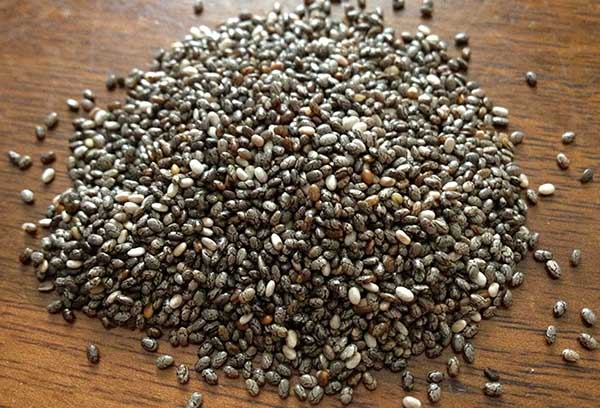

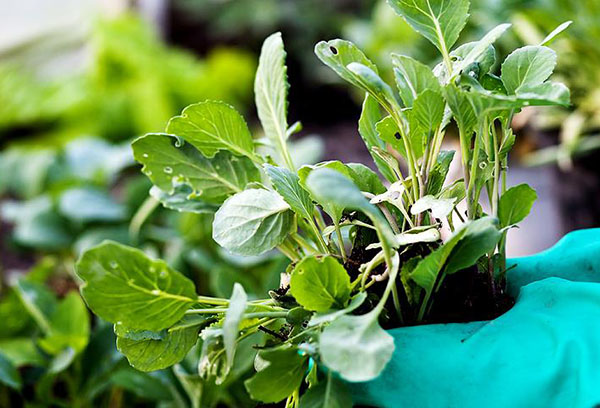

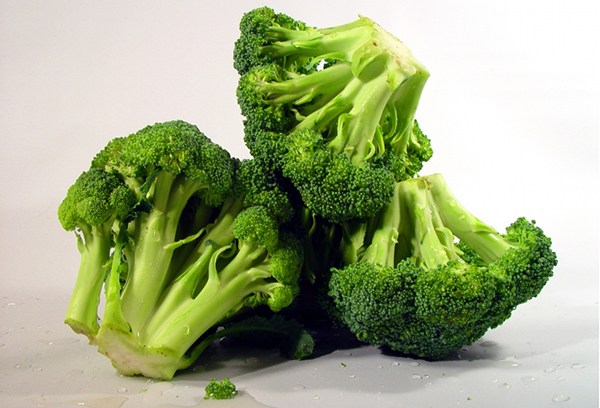
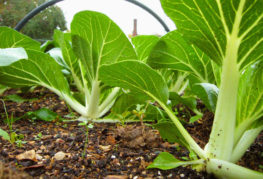
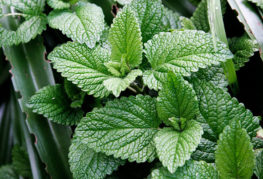
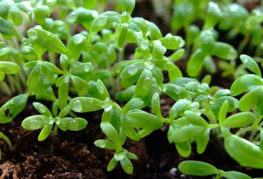
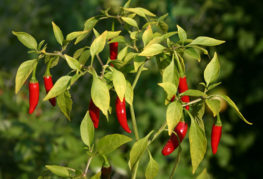
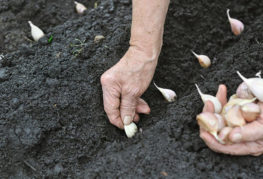
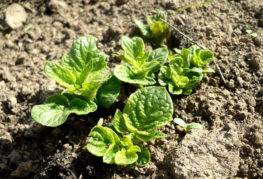
and will be published shortly.